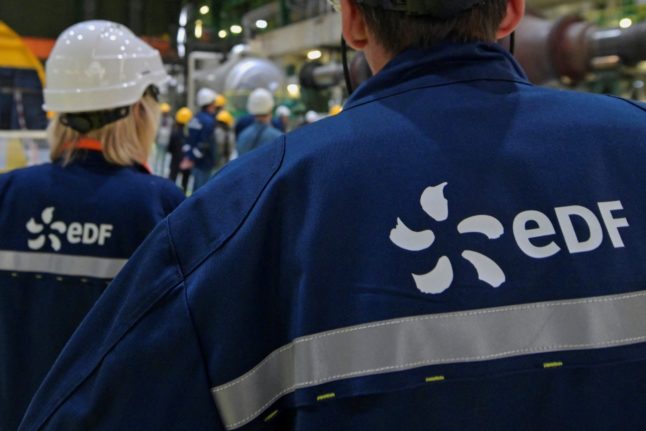The share of Arctic oil and gas in global energy production is expected to decline by 2050 because of prohibitively high production costs, according to a study conducted by the Centre for International Climate and Environmental Research in Oslo and national statistics agency Statistics Norway.
Oil production in the region is seen doubling in absolute value during the period, but will drop from 10 percent of the global total in 2010 to eight
percent in 2050, the researchers said.
Their findings were published in the journal Energy Economics and summarized in Norway's leading daily Aftenposten on Tuesday.
For natural gas, the decline is expected to be even more pronounced, with the share dropping from 27 percent to 22 percent. Volumes will also continue to shrink in absolute value until 2030, when they are expected to begin rising again.
The researchers attributed the decrease to the boom of unconventional oil and gas sources, such as shale gas in North America, and growing conventional gas production in the Middle East — two sources that are significantly cheaper to exploit than Arctic oil and gas.
According to the US Geological Survey (USGS), the Arctic could be home to 13 percent of the planet's undiscovered oil reserves and 30 percent of its undiscovered gas reserves.
Faced with rising oil demand worldwide, and with the production-obstructing Arctic ice melting faster than ever, international oil corporations have shown a keen interest in the Arctic region — to the dismay of environmentalists.
But the oil and gas fields are for the most part believed to be out at sea, located far from land and infrastructure and in extreme climate conditions,
all of which would send production costs soaring.
One example of the difficulties encountered in the region is the Shtokman natural gas field in the Russian waters of the Barents Sea, whose future
remains uncertain almost 25 years after it was discovered.
Russian giant Gazprom and its partners, France's Total and Norway's Statoil, failed to reach agreement by a June 30th deadline on a viable
development of the field, which is believed to hold 3,800 billion cubic metres of natural gas, enough to meet the world's entire demand for a year.


 Please whitelist us to continue reading.
Please whitelist us to continue reading.
Member comments